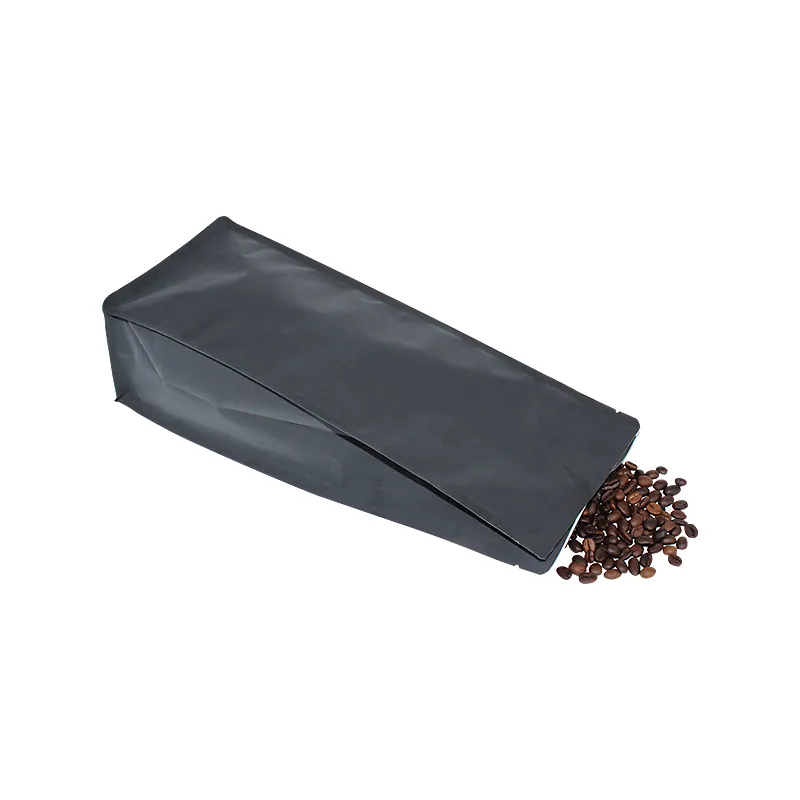- Afrikaans
- Albanian
- Amharic
- Arabic
- Armenian
- Azerbaijani
- Basque
- Belarusian
- Bengali
- Bosnian
- Bulgarian
- Catalan
- Cebuano
- chinese_simplified
- chinese_traditional
- Corsican
- Croatian
- Czech
- Danish
- Dutch
- English
- Esperanto
- Estonian
- Finnish
- French
- Frisian
- Galician
- Georgian
- German
- Greek
- Gujarati
- haitian_creole
- hausa
- hawaiian
- Hebrew
- Hindi
- Miao
- Hungarian
- Icelandic
- igbo
- Indonesian
- irish
- Italian
- Japanese
- Javanese
- Kannada
- kazakh
- Khmer
- Rwandese
- Korean
- Kurdish
- Kyrgyz
- Lao
- Latin
- Latvian
- Lithuanian
- Luxembourgish
- Macedonian
- Malgashi
- Malay
- Malayalam
- Maltese
- Maori
- Marathi
- Mongolian
- Myanmar
- Nepali
- Norwegian
- Norwegian
- Occitan
- Pashto
- Persian
- Polish
- Portuguese
- Punjabi
- Romanian
- Russian
- Samoan
- scottish-gaelic
- Serbian
- Sesotho
- Shona
- Sindhi
- Sinhala
- Slovak
- Slovenian
- Somali
- Spanish
- Sundanese
- Swahili
- Swedish
- Tagalog
- Tajik
- Tamil
- Tatar
- Telugu
- Thai
- Turkish
- Turkmen
- Ukrainian
- Urdu
- Uighur
- Uzbek
- Vietnamese
- Welsh
- Bantu
- Yiddish
- Yoruba
- Zulu
Ways to Access Pantone Colors in Illustrator for Designers
How to Get Pantone Colors in Illustrator
When it comes to design and branding, color selection is critical. One of the most widely recognized color systems is the Pantone Matching System (PMS), which helps ensure consistency across various media. Adobe Illustrator, a powerful vector graphics editor, provides tools for integrating Pantone colors into your designs seamlessly. In this article, we will walk you through how to get Pantone colors in Illustrator, enabling you to create visually stunning and consistently branded graphics.
Step 1 Open Adobe Illustrator
First, launch Adobe Illustrator and create a new document or open an existing one. Ensure that you are working in the correct color mode for your project. For print projects, RGB mode is generally preferred, whereas CMYK mode is advisable for projects intended for digital displays.
Step 2 Access the Swatches Panel
To get started with Pantone colors, you'll need to access the Swatches panel. If you don’t see it on your interface, you can find it by navigating to the top menu and selecting Window > Swatches. The Swatches panel allows you to manage colors easily, including adding new Pantone swatches.
Step 3 Open the Swatch Libraries
To find Pantone colors, you will need to open the Swatch Libraries. Click on the small menu icon located at the top right corner of the Swatches panel. From the dropdown menu, hover over Open Swatch Library, and then select Color Books. A list of Pantone color systems, including the Pantone Solid Coated, Pantone Solid Uncoated, and Pantone Pastels, will appear.
Step 4 Choose a Pantone Color Book
Select the appropriate Pantone color book for your project. If you’re designing for print, Pantone Solid Coated is typically the go-to choice because it represents how colors will appear on coated paper. Conversely, if you’re working with uncoated materials, select Pantone Solid Uncoated.
Step 5 Browse and Select Your Pantone Colors
how to get pantone colors in illustrator

Once the Pantone color library opens, you can scroll through the colors or use the search bar to locate a specific Pantone color. Each color is accompanied by its unique Pantone number, making it easy to reference. Click on the color you want to use, and it will automatically be added to your Swatches panel.
Step 6 Apply Pantone Colors to Your Design
To apply a Pantone color to your design elements, first select the object you want to color in the workspace. Then, simply click on the desired Pantone swatch in your Swatches panel. The object will change to the selected Pantone color, ensuring that your design maintains color accuracy and consistency.
Step 7 Save Your Custom Swatches
If you frequently use certain Pantone colors, consider saving them for future projects. Simply add your frequently used Pantone colors to a new or existing library by selecting them, clicking the Swatches panel menu, and choosing New Swatch. This allows you to build a library of your preferred Pantone colors for easy access next time.
Step 8 Ensure Consistency Across Media
It’s important to remember that Pantone colors can appear differently depending on the medium (print vs. digital). Always consult with a Pantone guide or color chip book for the most accurate representation of colors before finalizing your designs.
Conclusion
Using Pantone colors in Adobe Illustrator is straightforward and essential for any designer aiming to create consistent, high-quality work. By following these steps, you can incorporate Pantone colors into your projects easily, ensuring your designs remain both visually appealing and professionally accurate. Whether you’re designing logos, marketing materials, or custom illustrations, mastering the integration of Pantone colors will significantly elevate your creative output.
With this foundational knowledge, you’re now equipped to create vibrant, color-consistent designs that resonate with your audience and uphold your brand’s identity. Happy designing!













